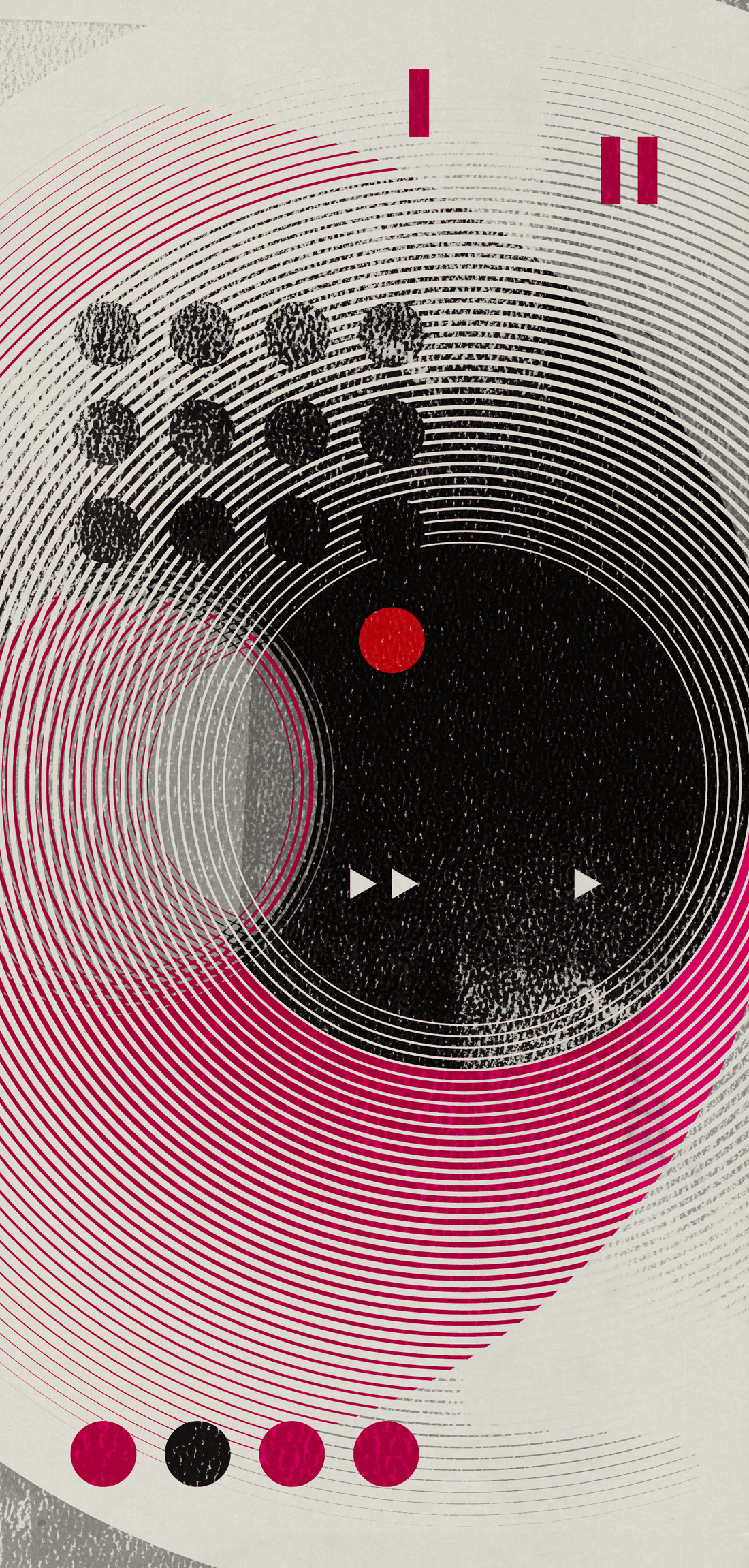The new m103 is anchored by the m101’s (Tape Op #68) transformerless preamp design, which offers an honest and transparent, yet deep character — with loads of headroom and 75 dB of gain. I will describe it as clear and elegant, which is a great place to start the recording chain. Features include a stepped gain control, a DI jack on the faceplate, phantom power, a 75 Hz high-pass filter, and ribbon mode. When ribbon mode is engaged, the input impedance increases (to better match ribbon mics) and phantom power is “locked out.” If you’re a fan of ribbon mics, this feature is indispensable — and also sounds great with dynamic mics too.
In my studio, the m101 is always my first choice to capture the natural voice of the sound source, whether it’s acoustic guitar, vocals, strings, flutes, horns, instrument DIs, or percussion. After extended use, I found the m103’s preamp performance to match that of the m101’s in both form and function. I really love the Grace preamp on stringed instruments — especially acoustic guitar. I can always trust the Grace to capture both the detailed timbre of the strings and the dynamic voicing of the picking position (i.e., when the hand moves closer or further from the guitar’s bridge).
Grace’s ethos of “keeping it pristine” continues with the m103’s three-band EQ section, choosing accuracy above color. Both the high and low bands operate in peak or shelving mode, while only the mid band is fully parametric. Boosting and cutting with the m103 in peak mode is not obviously apparent. However, after repeated use, I found that the subtle, understated character of the EQ enables my tracks to blossom in a really natural way; in other words, I’m barely noticing +3 dB of 12 kHz, but I’m definitely feeling it. Also, because I’m not using the EQ as a crutch, I think that the m103 is enabling me to make better decisions before I hit the record button.
In shelving mode, the m103 reveals its hi-fi character. Highs grow livelier while the lows remain defined, and generally, the “mood” of the source is accentuated tastefully, without being overdramatic. When using a high shelf on snare drum, the old batter head pushed through the mix a little without sounding “filtery”. On kick drum, the low shelf moved the source towards a “pillowy” sound, without it becoming murky.
Not surprisingly, the character of the m103’s optical compressor is also very natural; even at its highest ratio of 12:1 with faster attacks, I never felt the Grace was overly aggressive sounding or distorting. From light vocal leveling to heavier settings on acoustic guitar and bass DI, the Grace performed its job humbly.
As with many channel strips, versatility plays a big role with the m103. After the preamp, the EQ and compressor sections can be enabled/disabled or reordered (i.e., EQ before or after compression) via relay switches on the faceplate. The rear panel allows for several output configurations including balanced XLR and unbalanced 1/4’’ jacks for the preamp section; an XLR and a TRS channel output jack; an unbalanced channel output jack; and a dual-purpose TRS jack for sidechain compression or linking with another m103 for stereo compression. There’s also an XLR line-input jack to the EQ/compressor section. When recording electric bass, I like to track both a DI signal and a mic’ed cabinet, so the unbalanced 1/4” out worked perfectly in tandem with a bass amp. As a DI with both rock and jazz–style electric basses, the m103 was stunning, lively, punchy, and deep. (If I didn’t know better, I might suspect that Michael Grace initially designed this box as his own personal bass preamp!) Using the same configuration with an acoustic/electric guitar also sounded great, so don’t be surprised if you see m103s popping up in live instrument racks.
The m103’s metering is compact, yet well laid-out and easy to read. Chrome rotary controls and switches are solid and tight; throughout use, I never accidentally nudged a control. The m103’s faceplate is anodized black with etched, white labeling.
Though I can’t say that transparency, accuracy, and clarity are shortcomings, the m103’s lack of color is something to consider when investing in a channel strip. You won’t hear the grainy character of a typical integrated-circuit design. Don’t expect any gadgets or harmonic trickery employed to fake a “fuzzy” tube sound. The EQ section isn’t going to move a poorly placed mic. Instead of searching for that ever elusive box that’s going to magically make your shitty mics sound like rainbows, consider investing in an m103, which will afford you the ability to capture the true color of the source and the dynamic detail of the performance. ($1575 street; www.gracedesign.com) –SM
Mic Preamps | No. 111
B1 & B1D 500-series mic preamps
by Geoff Stanfield
Burl Audio is already well known and loved for its two-channel B2 Bomber AD/DA converter [Tape Op #79] and multi-channel B80 Mothership [#84], but maybe less so for its boutique all-analog audio gear....




_disp_horizontal_bw.jpg)